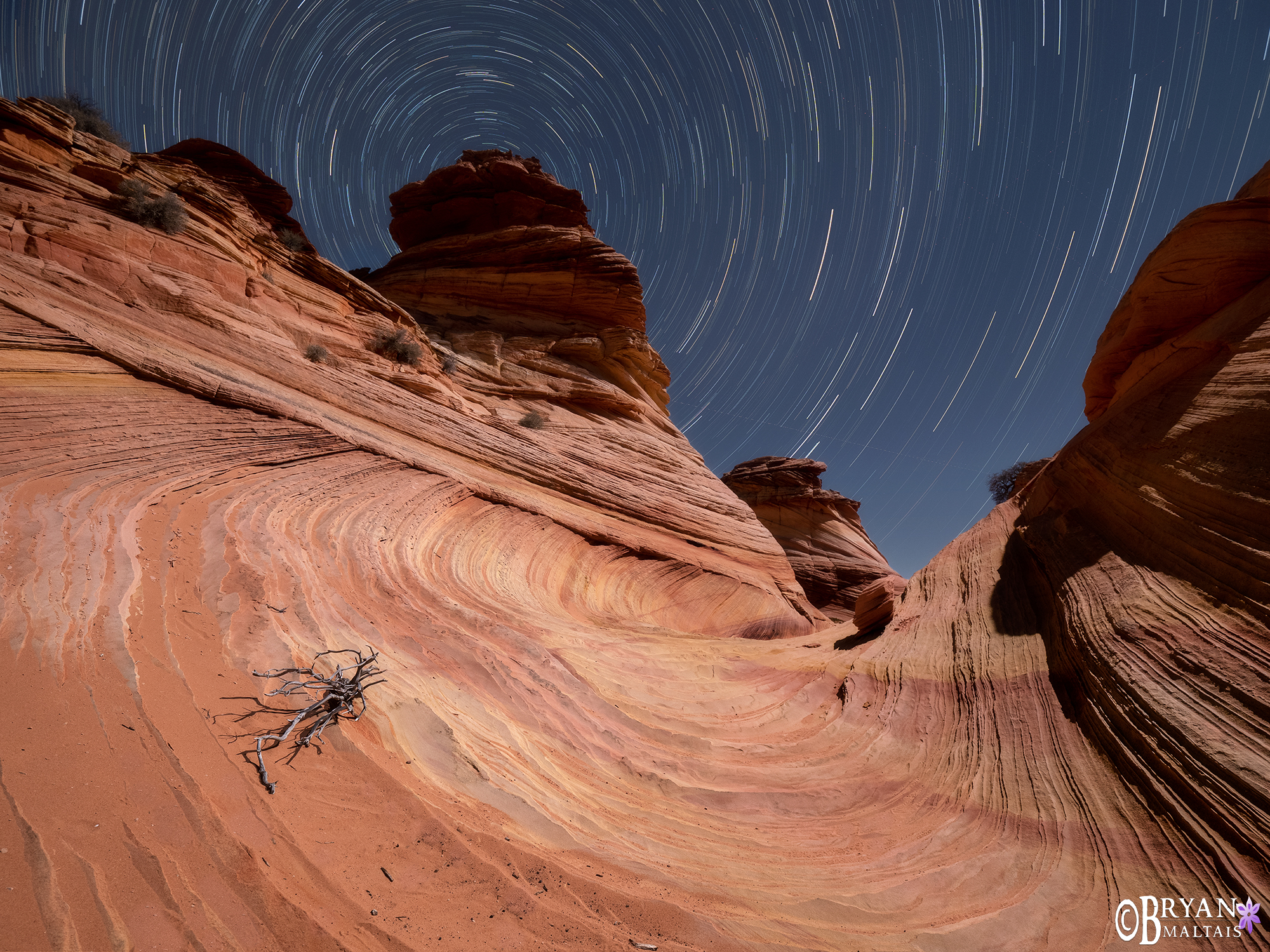
When to use the Exposure Modes (aka, Shooting Modes)
The exposure mode, also called shooting mode, determines which of the three settings you control manually and which ones the camera adjusts automatically. You set the shooting mode with the big, chunky dial on top of the camera body. It reads “M” for manual, “S” for shutter priority, “A” for aperture priority, “P” for program, and “A” for auto. Canon calls shutter priority “Tv” and aperture priority “Av”.
The manual modes are aperture priority, shutter priority, and manual. You should become familiar with these modes because they allow you to manually control one or more of the settings, sculpting the photo’s look.
The auto modes include program, auto, and scene modes (Landscape, Portrait, Sports, Night, etc.). These modes forfeit creative control over the camera settings and are intended for photographers who haven’t learned how to use their camera yet.
Shooting modes aren’t designed to capture specific subject matter; you can shoot any subject in any mode. Rather, each mode gives you direct access to a particular exposure setting. You choose the mode based on which setting you want to control manually. Regardless of the shooting mode, you can indirectly adjust other settings by manipulating the one(s) you control. As you develop your shooting style, you’ll find yourself preferring certain shooting modes for specific subjects.
Aperture Priority Mode
In aperture priority (AP) mode, you set the f-stop based on the desired depth of field (DoF), and the camera adjusts the shutter speed for proper exposure. The ISO remains at the value you set. For scenes with no motion where shutter speed doesn’t matter, you can let the shutter speed fall where it may. This is typically the scenario when shooting landscapes with the camera tripod mounted. To freeze or blur motion, you can adjust the ISO and/or aperture to achieve the desired shutter speed. AP is usually the best mode for landscape photography.
Manual Mode
In manual mode, you control all three exposure settings without help from the camera. Manual mode isn’t typically used for daytime shooting because it can be challenging to manage all three settings as ambient light levels fluctuate. Despite its reputation, manual mode isn’t unconditionally the “professional’s choice.” In fact, using it in the wrong situations can slow you down and cause missing the shot.
Manual is the mode to use when there’s not enough light for the camera to meter the scene and render accurate exposure. Examples include night sky photography, and when using very dark neutral density filters to capture motion. Manual is also the best mode when flash is the sole source of illumination because the exposure readings while setting up the scene will differ from when the picture is taken with flash as the sole illumination source.
Additionally, manual mode should be used when exposure consistency between shots is needed to merge them into a composite image, like for focus stacking and panoramas. If one frame has a different brightness, it may not seamlessly blend into the composite. Manual mode solves this problem by maintaining the same exposure settings for each frame.
Manual + Auto ISO Mode
Using manual mode with auto ISO activated functions like a distinct shooting mode. It allows you to manually control the shutter speed and aperture, giving you maximum creative control, while the camera handles exposure by adjusting the ISO. This is a powerful and liberating shooting mode for any type of hand-held shooting under ambient light where a minimum shutter speed is needed to prevent motion blur or camera shake. This control and flexibility makes manual + auto ISO ideal for wildlife, macro, portrait, and event photography.
Shutter Priority Mode
In shutter priority (SP) mode, you set the shutter speed based on the amount of motion you want to freeze or blur while the camera adjusts the f-stop to regulate exposure. The ISO remains at the value you set. In most situations, SP mode isn’t ideal because it constantly adjusts the aperture, which changes the DoF. This creates an inconsistent look between photos and takes creative control away from you. Although SP gives you direct control over the shutter speed, you can easily adjust shutter speed in the other manual modes.
Auto Mode
Auto mode controls all three settings, giving you no agency over the creative look of the photo. It uses the lowest possible ISO to deliver a reciprocal shutter speed (shutter speed = lens focal length). These settings prevent motion blur in handheld photos of still subjects but don’t freeze fast action. You also can’t adjust peripheral settings, including white balance, flash, exposure compensation, and focus area. Auto mode is useful for getting some initial wheel time behind your camera before you’ve learned how to use it, but relying on Auto mode long-term defeats the purpose of having a “real” camera.
Program Mode
In Program mode, the camera sets what it thinks is the best combination of ISO, aperture, and shutter speed to render a low-noise photo that’s sharp and has moderate depth of field. It differs from Auto mode because you can override the f-stop and shutter speed by rotating the dial. To do this effectively, you need a basic understanding of manual settings, so you might as well go all the way and use one of the manual modes.
 About Bryan Maltais- Fort Collins, CO
About Bryan Maltais- Fort Collins, CO
Bryan Maltais is an award-winning professional photographer, film-maker and founder of Wilderness Shots Photography Workshops. His images are displayed in spaces around the world and have been published in well known photography magazines and media channels. He’s also the author of “Infinite Horizons-The Complete Nature & Landscape Photography Guide“.
“I was addicted to exploring nature and observing animals very young, keeping terrariums full of insects and amphibians. Craving a camera to capture the beauty that I witnessed in nature, my dad gave me a manual Canon that he had lying around from 1970. A military brat, I grew up in Germany, New Jersey and Missouri. I received my BS in Wildlife Biology at the University of Missouri-Columbia. This gave me a good foundation for understanding the natural world. I also did a stint in the Army, which gave me a good foundation for tolerating insects and lack of sleep. My dream was to live in the Rocky Mountains, so after college I moved to Ft. Collins, Colorado where I still live today. Since then I’ve been shooting and documenting the American West and producing wildlife nature documentaries. My latest film is on Amazon Prime. My goal with nature photography workshops is to share knowledge, fun and adventure with others while enjoying nature. I currently shoot Sony and Olympus gear. When not photographing, I garden in my raised beds and teach 3-4 year olds in Sunday School.”

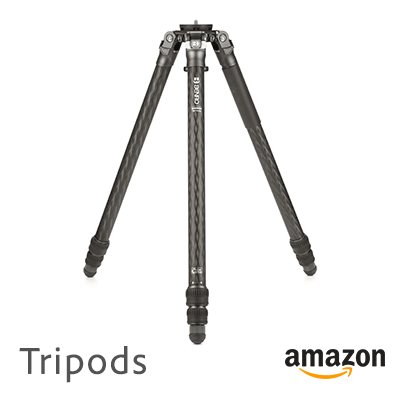
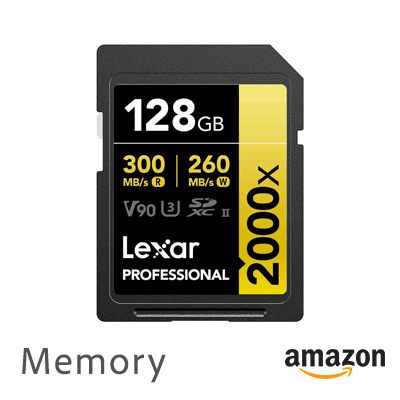
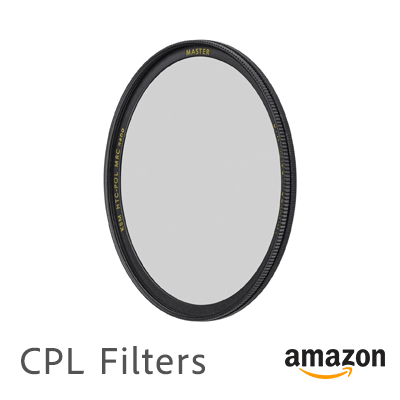
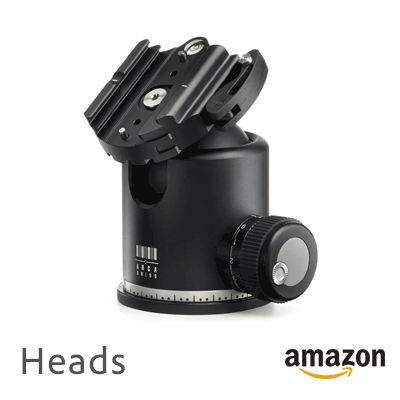

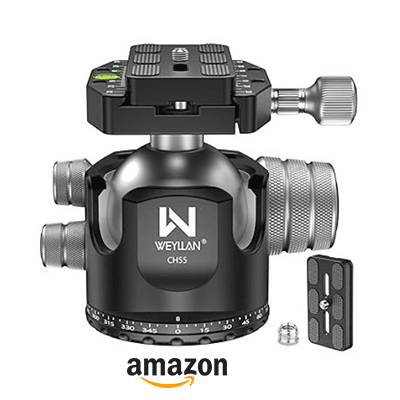


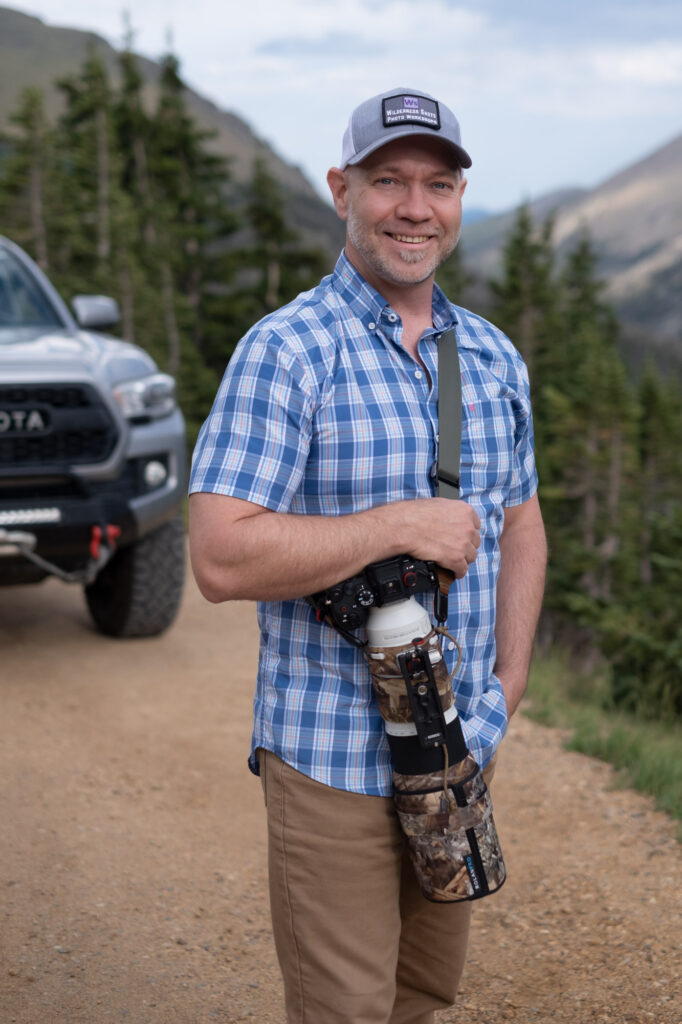 About Bryan Maltais- Fort Collins, CO
About Bryan Maltais- Fort Collins, CO